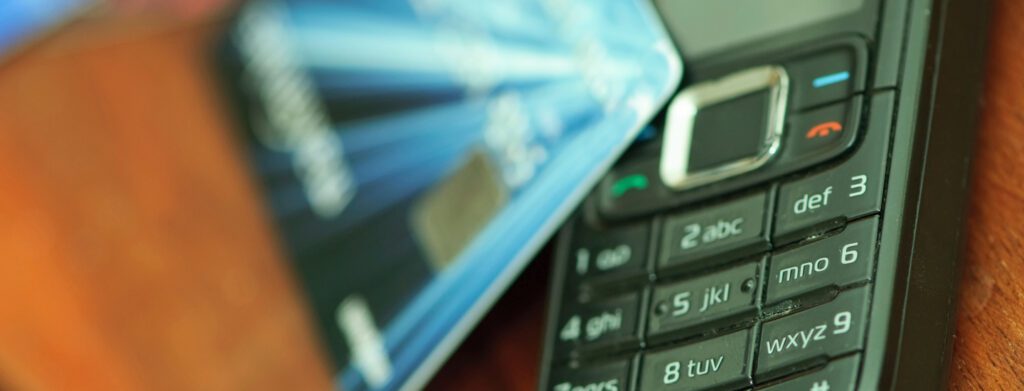Author
What is mobile money?
Over the last decade how we access our financial services has changed dramatically as people seek simple and convenient ways to access and spend their money. Mobile money covers an extensive range of applications but generally relates to use of electronic money transactions through a mobile phone. In essence, mobile phones are changing the way we deposit, withdraw and transfer money and pay for goods and services. Nowhere is this more the case than in the world’s developing economies, where mobile money provides a lower-cost, more accessible and more scalable alternative to traditional banking.
The rise of mobile money in developing countries
It is thought that there are now around two billion people in the world who remain unbanked and without access to secure and affordable financial services. The majority of these are located in developing economies, in particular, Africa. Without effective infrastructure, traditional financial services have struggled to reach all parts of the population, with large parts of the community – particularly the rural and urban poor – not having access to basic banking facilities. This reinforces the cycle of poverty, and ultimately impacts on economic growth and development.
Mobile money is seeking to fill this void, and is now available in 85% of countries where the vast majority of the population lacks access to a formal financial institution. Some 19 markets in the world now have more mobile money accounts than bank accounts; in 2014 a staggering 87% of Kenya’s $55bn GDP passed through M-Pesa, Kenya’s world leading mobile-money system.
Perhaps the most remarkable feature of the rise of mobile money is the speed with which it has emerged. From non-existence under a decade ago, in December 2015, mobile money providers processed just over a billion transactions. This is more than double what PayPal processed globally. While Africa is very much at the forefront of the rise of mobile money, the GSMA1 reported that over half of new mobile money services were launched in Latin America and the Caribbean. There are now over 271 service providers (and 411 million accounts) across 93 countries.
International investment in mobile money
It is for these reasons that international investors are increasingly teaming up with governments and local entrepreneurs to create innovative mechanisms for transferring payments and saving money.
Traditionally much of the international investment into this sector came via development finance intuitions (DFIs), government backed financial institutions which provide long-term finance for private sector enterprises in developing and reforming economies. For example, Finnfund, the Finnish Government’s DFI, made an investment in 2012 into M-Birr, Ethiopia’s first mobile money service.
Explaining why investments like this are so important for DFIs, Mikko Kuuskoski, an Associate Director at Finnfund, said:
“The Ethiopian banking system is underdeveloped. As Ethiopia’s first mobile banking service, this will promote its development and will also create a framework for other economic activities. In addition, electronic payment systems such as this reduce costs and make money transactions far simpler”.
In addition to this form of development finance from the DFI community (and others), the sector has also begun receiving considerable attention from international private equity funds who see the potential for growth in the sector.
An example of this is in Sierra Leone, a country of 6 million people where only 11% have a bank account, but over three million people have a mobile phone. Michelmores advised Manocap, managers of the Sierra Investment Fund (a private equity fund whose backers include CDC, the British Government’s DFI) on its investment in Splash Mobile Money, Sierra Leone’s first mobile payment system. With more than 150 outlets, Splash claims to be the financial institution with the greatest footprint and reach in Sierra Leone.
Nonetheless, despite these high interest levels and the huge potential for growth, Kenya continues to have by far and away the most successful mobile-money system (with a scarcely believable penetration rate of 985 registered mobile money accounts per 1,000 people). The challenge for both governments and the international investor community is therefore to demonstrate that other markets are similarly robust, and to create a framework by which other countries are able to replicate Kenya’s success.
So, What Next?
Despite the challenges, international investors show no sign of slowing down their focus on the sector. There are many reasons that lie behind this confidence, but three of the main drivers include:
- The room for further growth to underserved segments of the market, particularly women, rural consumers, and countries where mobile phone usage remains relatively low (for example, compared to over 80% in Kenya, mobile penetration in Rwanda lags behind at 40%).
- An increasingly widespread consumer acceptance of mobile-communications technology in the developing markets. For example, many start-ups operating in Sub-Saharan Africa, such as BBOXX Limited (a designer, manufacturer and distributor of solar powered battery packs) are now incorporating mobile payment technology as part of their consumer financing models.
- An improving regulatory environment. Taking Kenya’s lead, more and more governments are now working alongside commercial service providers to develop regulatory frameworks that help create an environment that facilitates innovation and financial inclusion through mobile money. Whereas for some time the growth of the sector in the emerging markets outstripped the regulations governing it, regulators are now catching up (in 2015 alone, 51 countries had implemented an enabling regulatory framework).
It is for these reasons that the prospects for the sector continue to be so positive – with mobile phone operators in the emerging markets doing an increasingly good job of imitating the successful Kenyan model, more and more international investors will be encouraged to commit capital and expertise in order to further develop the sector. The result could be a transformational development impact for those emerging economies that are best able harness the potential of mobile money.
1The GSM Association is an association that represents the interests of mobile operators worldwide.
For more information, please contact Harry Trick on 020 7659 4623 or harry.trick@michelmores.com
Print article

